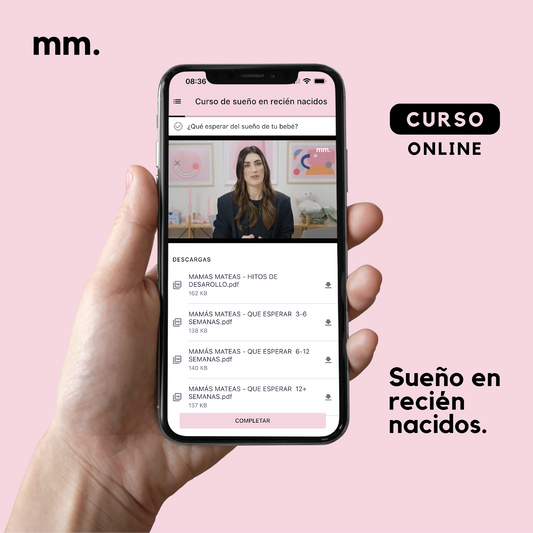Today is World Autism Awareness Day , a day to raise awareness, but also to learn about and understand it. According to WHO figures, approximately 1 in 100 children has autism, and regardless of whether or not you know someone with ASD, we should all take an active role in INCLUSION.
Children with autism and how to educate about inclusion
Autism is not a disease
The first thing to understand is that autism is not a disease, as there is no condition that can be fixed or cured. It is a neurodevelopmental condition that primarily affects the way a person processes information, communicates, and interacts with the world. called Autism Spectrum Disorder because of the wide variety of types and severity of symptoms.
How to explain to a child what ASD is?
It is important to use clear language and simple words, appropriate for the age and level of understanding of each child. Concrete examples can be given to promote understanding, for example explaining that some children are bothered by certain stimuli or interact in a different way. Always focusing on the strengths of each child, and explaining what qualities make them special.
The best thing is to promote the idea that we are all different and we have unique characteristics.
If there are questions or concerns, whether in children with or without ASD, it is important to allow them to be raised and try to resolve them, providing a space for understanding and trust.
Tips to promote inclusion in our children
- Raise social awareness. Not only about autism, but about disability itself. It is key to foster understanding and acceptance that people are different, and that we have different tastes and needs. Inclusion will be a consequence of normalizing difference.
- Promote access to the same opportunities available to others and adapt the environment if necessary. For example, if you are going to celebrate a birthday you can consider having a noise-free zone. This way the child with ASD can attend the event and have a safe space if required.
- Talk about neurodiversity. It is important to teach that brain functions and preferences of people vary, using assertive communication.
- Questioning and learning. As adults, we must ask ourselves what changes we can make to be a good example for our children and build a more inclusive society. Society evolves, and what is relevant today in terms of inclusion may not have been so before, so it is key to have the ability to reflect on our actions, question ourselves and learn.
- Listen and ask. People with ASD and their families have a voice, and an inclusive society must encourage their participation. They are the best source of information to describe what their needs and preferences are.
Strategies for moms and dads of children with autism
- Share accurate and reliable information about the characteristics of the disorder and how they can be supported, always in relation to the stage and life cycle they are experiencing.
- Look for opportunities for your children to participate in community activities, such as sports, music, arts, etc., thus promoting that these activities are inclusive.
- Help your children develop social and communication skills so they can act effectively with their peers and friends.
- Always seek professional support.
As moms and dads, why should we talk about Autism?
Because it promotes a more inclusive and respectful environment where people with ASD feel safe and develop a sense of belonging and identity. In addition, it promotes opportunities for growth and independence, while reducing stigmatization and discrimination towards people with ASD, and fosters education and a more socially conscious society.
For mothers and fathers of children with ASD, talking about autism facilitates social understanding of this spectrum, its characteristics, needs and strengths, and therefore makes society see children with ASD beyond the disability.
Sources: Stephanie Leiva, occupational therapist, and Constanza Ríos, speech therapist, from the Friends of Autism therapy center; and Fernanda Maldonado, speech therapist certified in applied behavior analysis (ABA).









